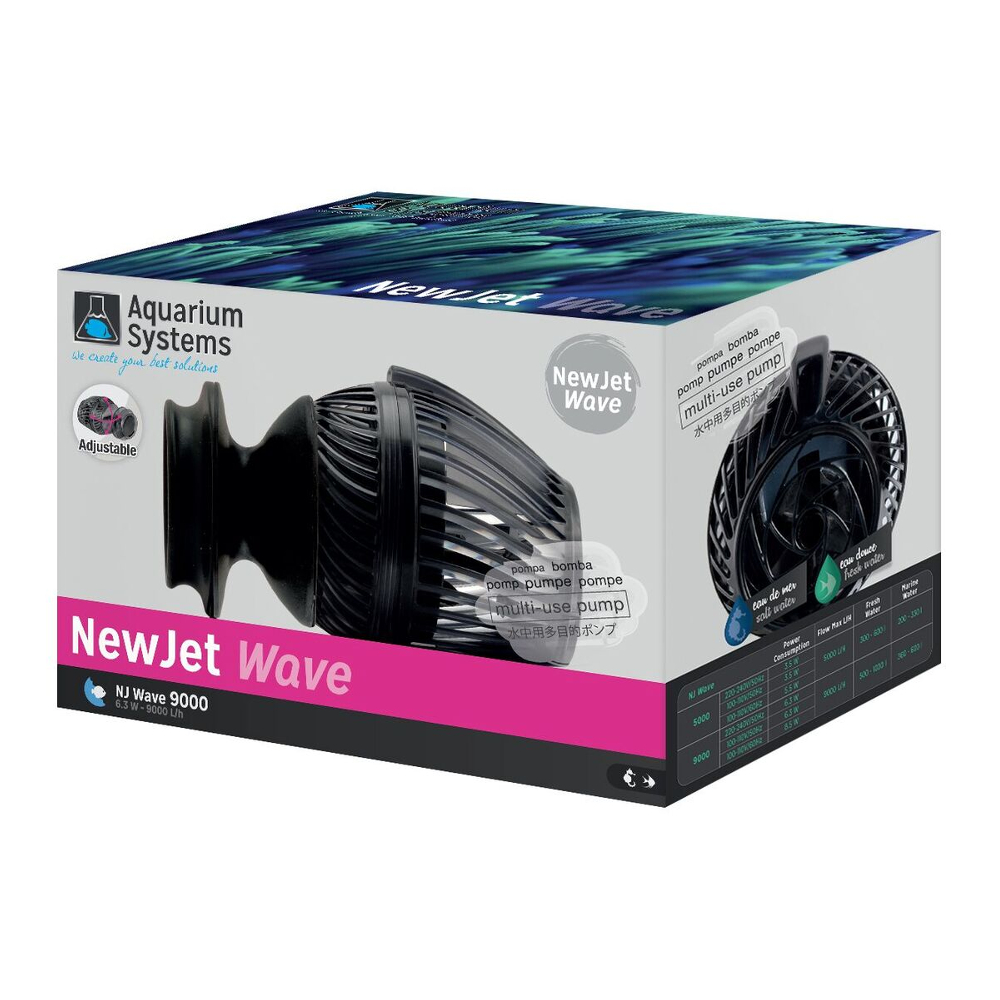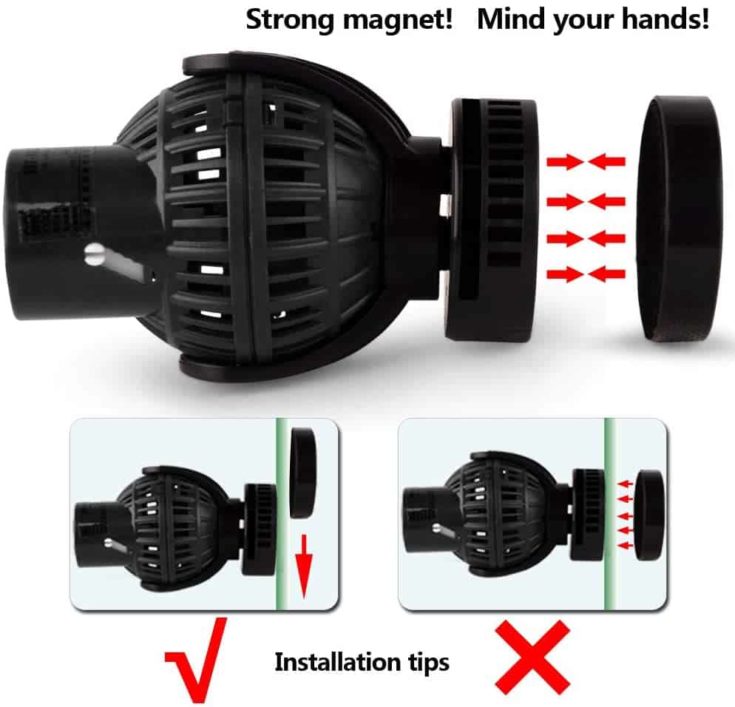

But, more importantly, they have physiological adaptations to deal with it - including simply working their muscles. They have behaviours for dealing with it - hiding behind a rock to rest, and what not. Why does this matter for fish? Well, fish have evolved to have to swim in current, to live in it. In a couple of days, they're swimming out normally. Its a timer like device that turns pumps on and off for brief periods, creating non static flow) or, better yet, some of the really cool newer pumps that do things other than just "on" and "off." I've got tanks where you put a new fish in, and you watch him get ploinked across the tank. Some marine fish aquarists have started playing around with powerheads and wave makers (to the OP and others, a wave maker, strictly, is a pump.

Those are animals which sometimes have to deal with tremendous currents, and then get plunked down in a tank where water comes in over there, goes out over there, and that's it. In marine tanks, it also makes a big difference, not only with fancy coral schmorals, but also with fish. It basically wipes out the water which forms a film around plants, and causes better interaction with the plant tissue and the rest of the water column - they're able to access more nutrients, rather than just the nutrients immediately around them. Recently, some of the plant tank guys have begun experimenting with higher flow rates, and have shown that it makes a BIG difference. As long as the tank has enough turn over to feed the filter, and we get enough oxygenation (different from aeration), we're pretty happy. That said, I keep a lot of movement in a couple of tanks because it makes it a bit harder for fish to cross territories and pick extended fights with each other if it's hard for them to just stay swimming in place.Ĭurrent is something we don't really worry nearly enough about with freshwater tanks. Most of them seek out the quietest area of the tanks and stick to it. All of them are just fine in a tank with average water movement. I have several varieties of rheophilic fish that come from rapids environments. While you can have too much for some types of fish (bettas), I don't think yours are that type, so there might not be a "too much" but you probably do already have enough. I guess if your tank is really over crowded or there are a lot of areas where insurmountable mounds of fish waste pile-up, you might want more flow. They're usually kept in pretty crowded conditions by stores and breeders with a couple of sponge filters running or a trickle flow into the tank if the system has central plumbing. We are experts in maintaining healthy ecosystems with pond and aquarium equipment.I mean, sure, but how different do you think they're needs really are? I suppose there's the argument that line-bred fish may have different characteristics and nutritional requirements resulting from extremely selective breeding (Stendker Discus are a good example). Whether you’re new to setting up your aquarium and have questions about your options or you want to know more about our stock, get in touch with us today via our contact form. Interested in learning more about our range of aquarium wavemakers? Take a look at our products below to explore your options. The double headed wavemaker is only suitable for tanks 250-400 litres in size and the quad wavemaker is suitable for tanks 300 litres or more in size. We sell single wavemakers which are suitable for tanks 120-250 litres in size and you also can opt for a double or quad wavemaker, if your aquarium is a little bigger. The primary factor to consider is the size of your aquarium in litres. When choosing a wavemaker, you are able to adjust and choose the optimal flow rate for your aquarium, which means your fish get to thrive in their ecosystem.

This means it’s essential to choose the right one which can be tricky at first. The health of your ecosystem including your fish, the plants, and healthy bacteria will depend on a suitable wavemaker. Without a good quality wavemaker, water becomes less oxygenated and waste, contaminants, and other nasties will begin to build up, leading to an unhealthy environment for aquatic life. The movement created by the wavemaker means it can be easily removed from the tank by the filtration system. However, they are also frequently used in large freshwater tanks to provide extra flow and stop waste from becoming stagnant at the bottom of your tank.

They are considered a vital piece of aquarium equipment in marine tanks to maintain water flow. Wavemakers are one of the most efficient ways of regulating water flow in your aquarium.


 0 kommentar(er)
0 kommentar(er)
